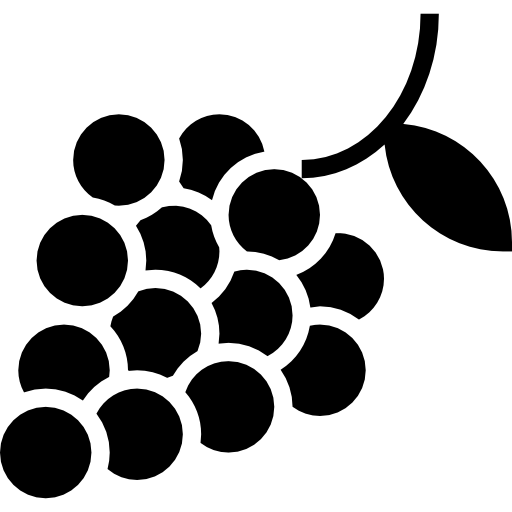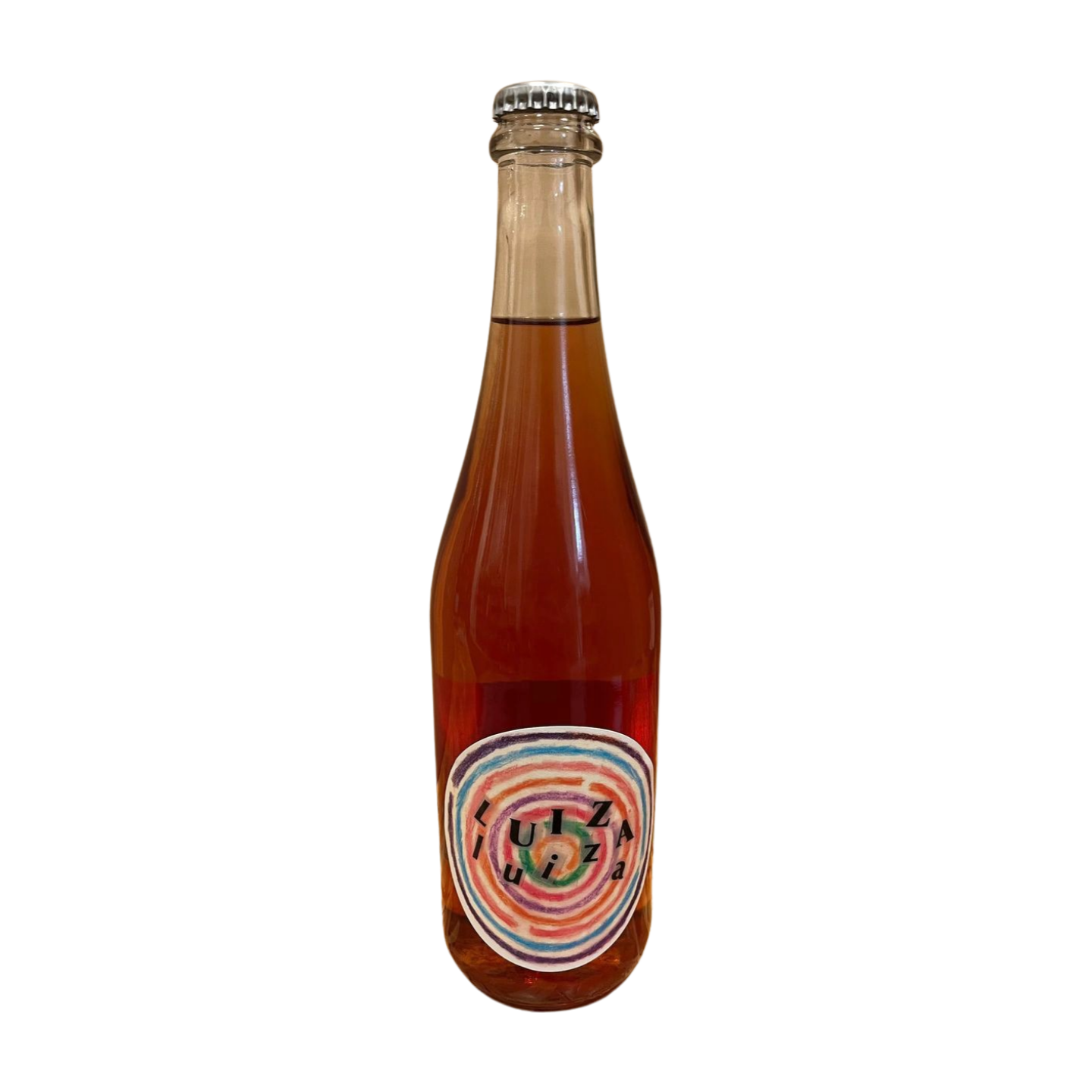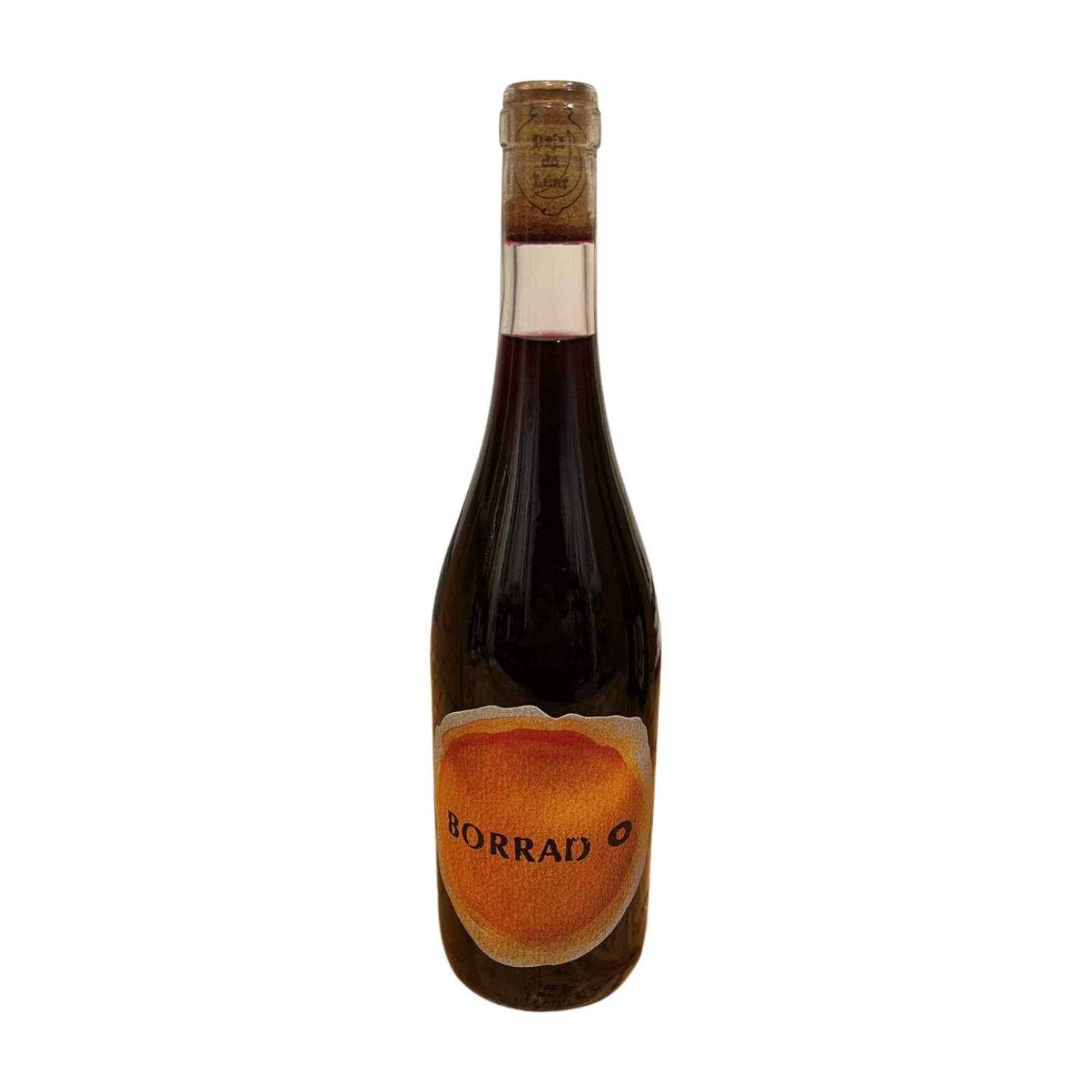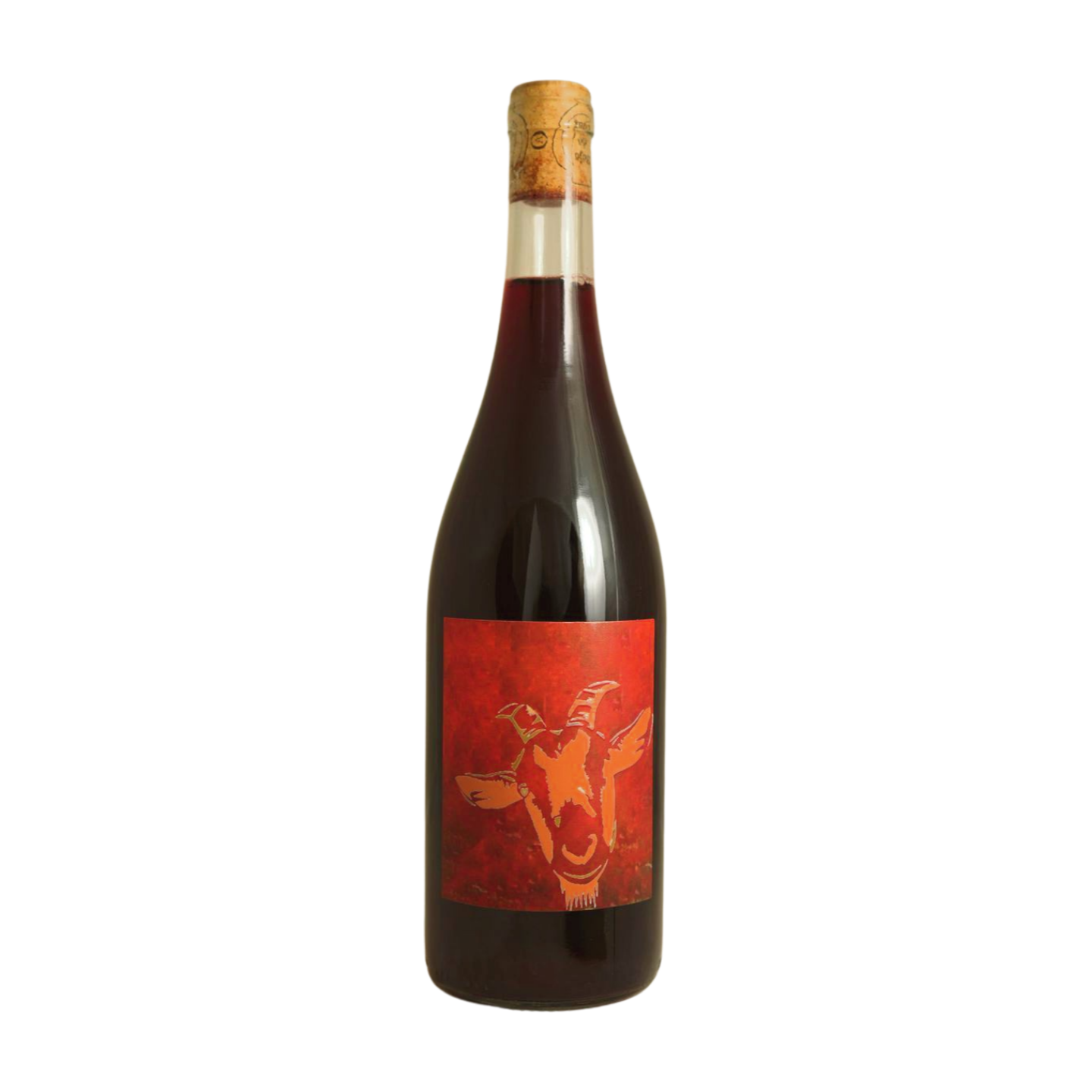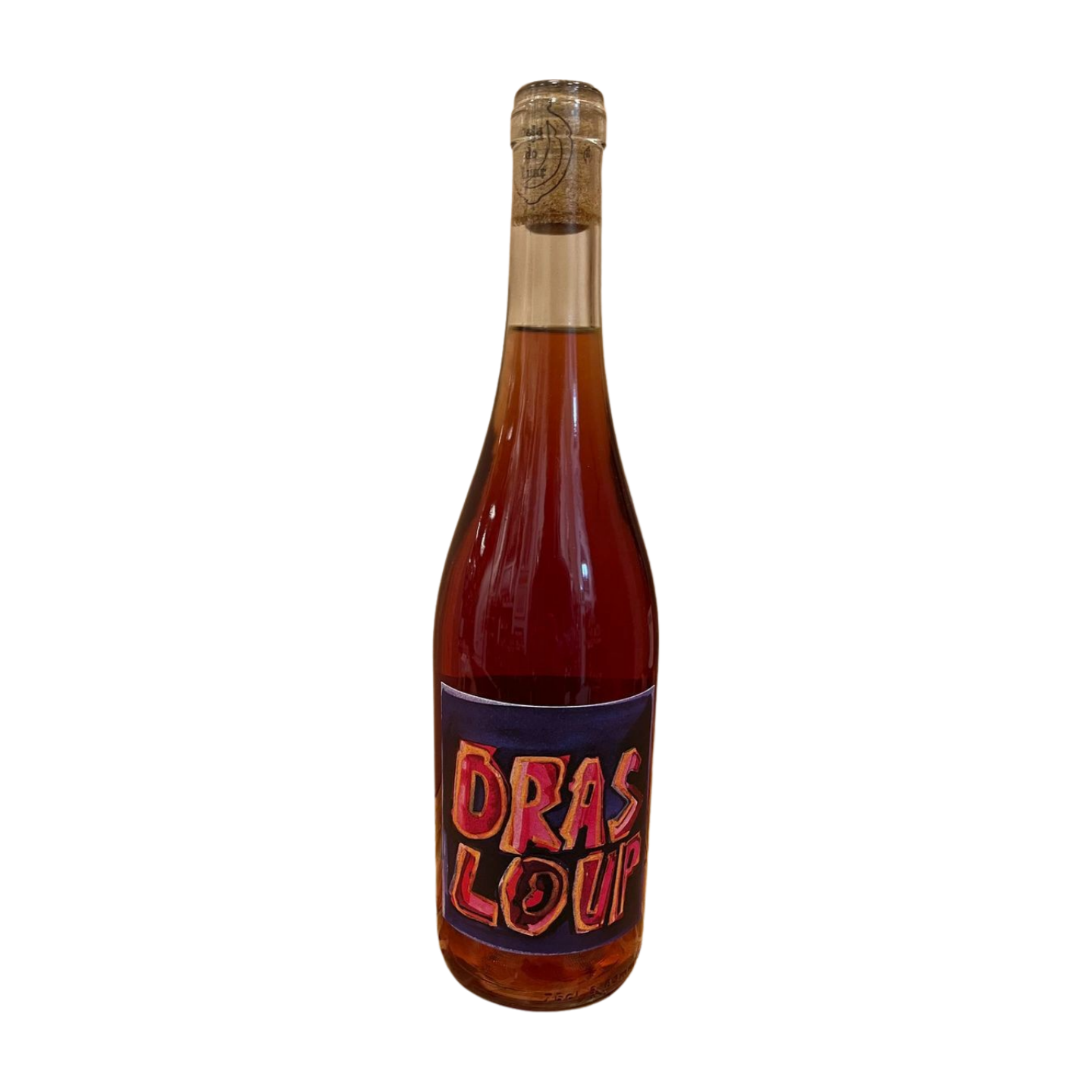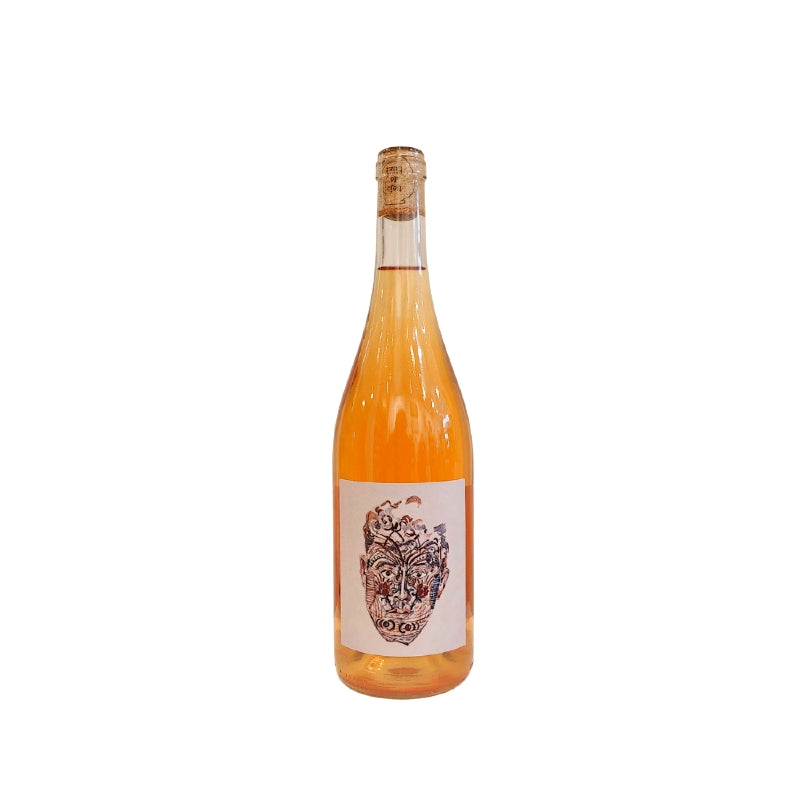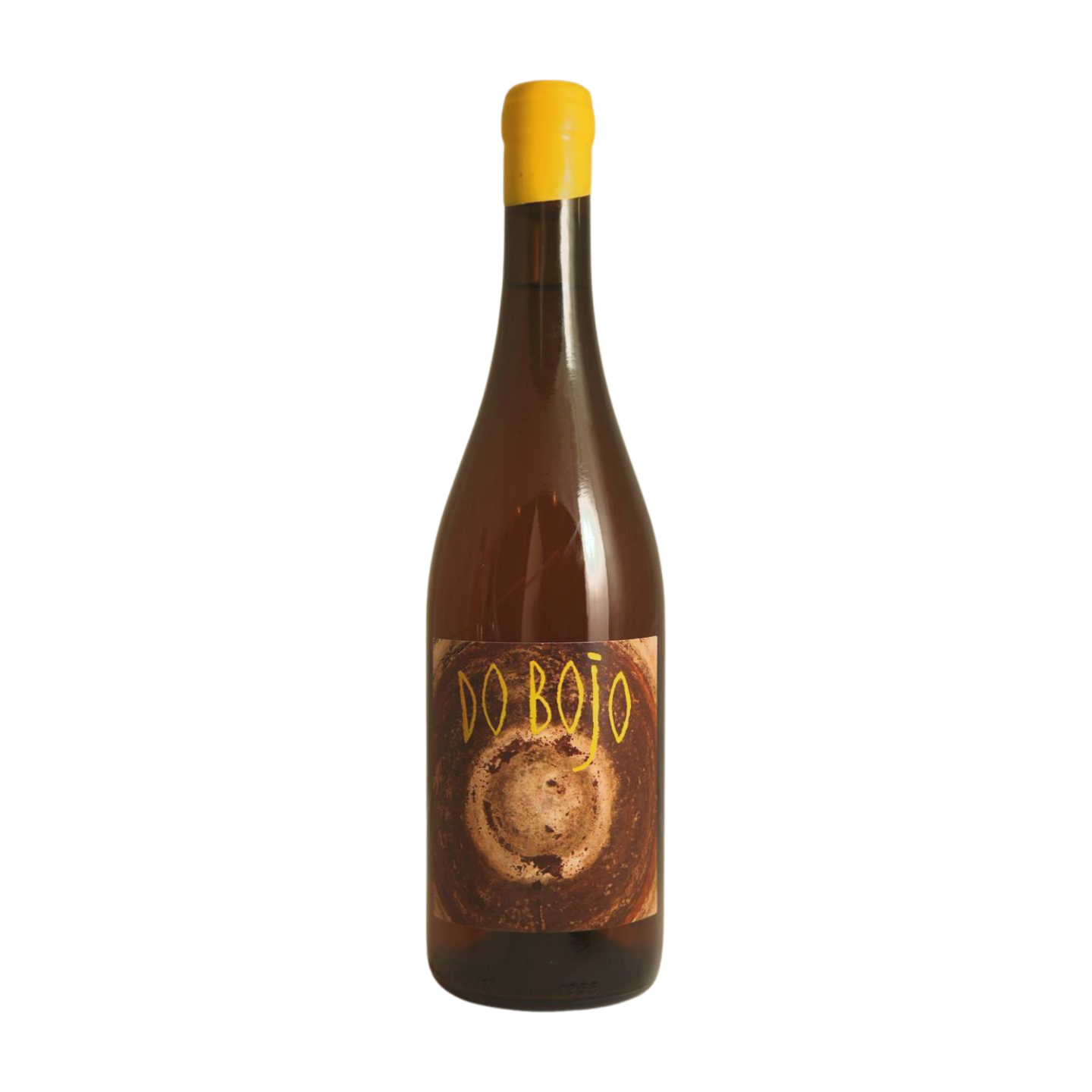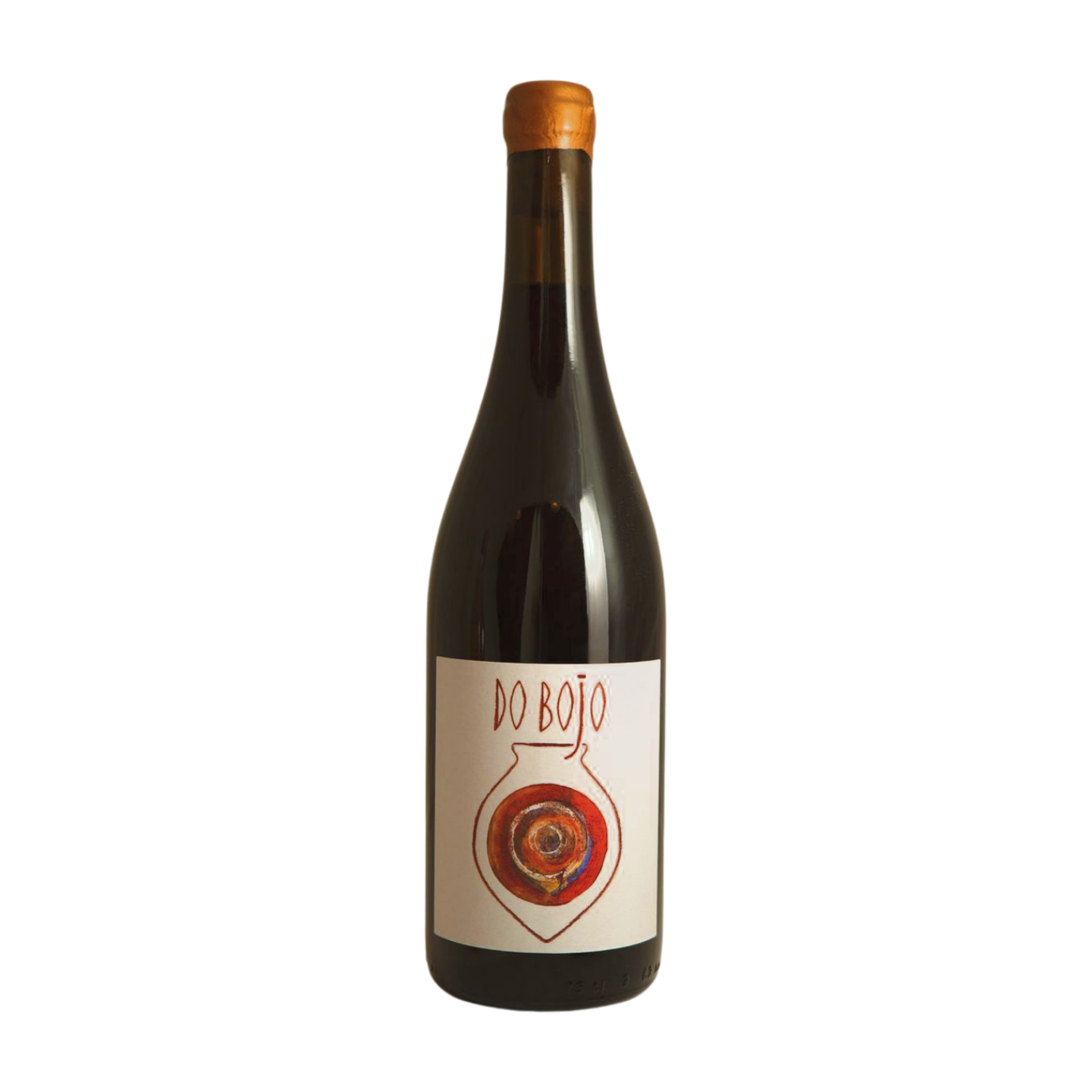
Bojo do Luar - Do Bojo Tinto
Tax included. Shipping calculated at checkout
Choose options

Bojo do Luar - Do Bojo Tinto
Sale price€22,00
Regular price
Learn more about
Bojo do Luar
More from Bojo do Luar
Bojo do Luar - Lou 38 Branco Pet-Nat
Sale price€15,00
Bojo do Luar - Luiza Rosé Pet Nat
Sale price€16,00
Bojo do Luar - Borrado Tinto
Sale price€11,99
Bojo do Luar - Deu Bode Tinto
Sale price€12,00
Bojo do Luar - Duplo Tinto
Sale price€15,00
Bojo do Luar - Drasloup Rosé
Sale price€16,00
Bojo do Luar - Tez Branco
Sale price€18,00
Bojo do Luar - Do Bojo Branco
Sale price€22,00


